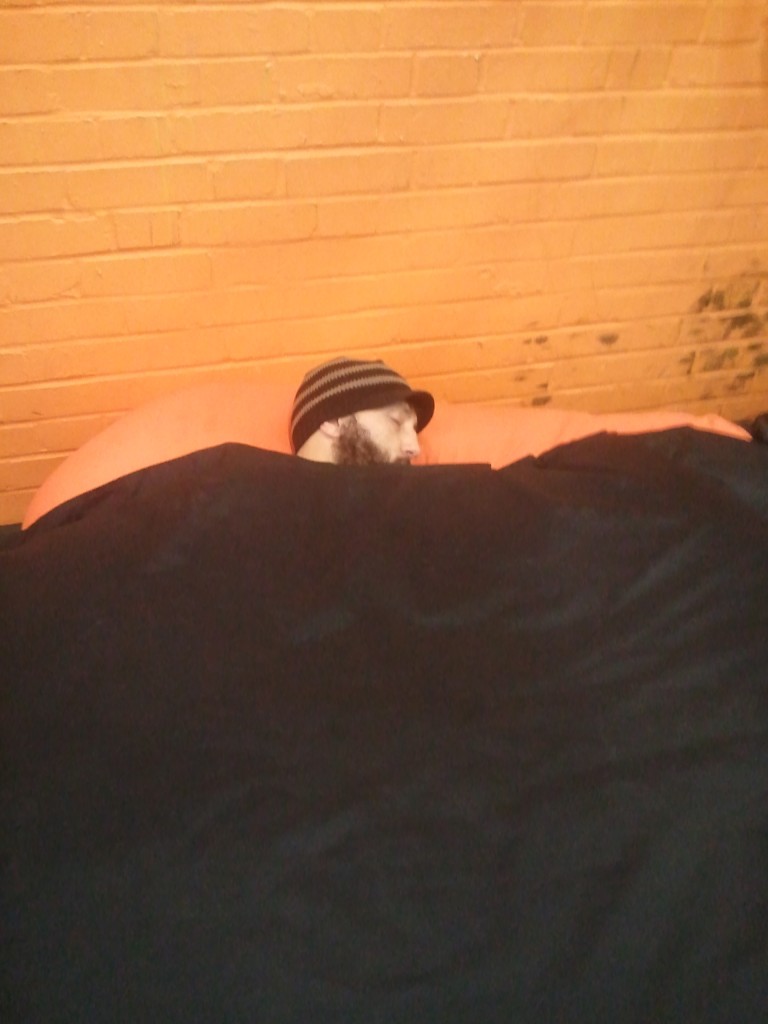Coffee and Chokes
Ah Coffee, apparently 75% of Americans drink the stuff, we Brits are still very much addicted to tea, but coffee culture has taken hold here is not going to let go anytime soon! Both tea and coffee share a commonality: the substance caffeine. A white crystalline xanthine alkaloid that is a psychoactive stimulant, caffeine, found in varying quantities in the beans, leaves, and fruit of some plants. And humans for the longest time have been using it as convenient ‘boost’ for millennia. It’s been studied extensively, alertness, cognitive and cancer fighting properties are all benefits.
To celebrate the release of Scramble’s Coffee and Chokes rashguard we have put together a caffeine themed post for you guys!
The International Olympic Committee for sometime listed caffeine as a restricted drug. However it the banned amount you would need to drink 8-10 regular cups of coffee. In 2004 WADA took it off the banned list, it is simply unfeasible to consume so much caffeine and not have crippling side effects. A study performed testing 3,6,9 mg/kg of bodyweight showed that doses about 6mg/kg of bodyweight are just not worth the side effects! So for you coffee consumers anything over 300mg would be a waste. So how much is in your cup?
Whats in my cup? |
Cup of coffee ranges from 80-220mg depending on size |
Large americano from a typical coffee chain 360mg |
Cup of Tea 40-60mg |
Cola 34mg |
Red Bovine flight enabling drink 80mg |
Caffine tablet proplus etc 100mg |
Once in the brain, the principal mode of action is as a non-selective antagonist of adenosine receptors. Caffeine activates noradrenaline neurons and serotonin neurons. Caffeine also is a diuretic, this means it makes a person make more urine (the waste liquid a person makes). Caffeine is absorbed by the stomach and small intestine within 30-45 minutes. In healthy adults, caffeine’s half-life is approximately 4.9 hours. Consuming 1000-1500mg a day (I’m looking at you Scramble head honchos) constitutes caffeinism. Effectively caffeine addiction, those of you who are serious mud jockey’s will know all too well the monkey on your back when you miss your morning cup! Which brings me on to side effects.
The Sides
As with any ergogenic aid often, excess or dependence is always amounts to a bad experience. I’ve worked with athletes in the past who on top of their training, consume 6-8 cups of coffee a day resulting on adrenal glands that I’m sure probably resembled raisins. Many of you have probably experienced jitters, sleeplessness. But more serious side effects involved GI problems, dizziness, high blood pressure, nausea, cramping. And in total excess, zig zagging lights and ringing in the ears. Extreme overdose can result in death dose needed would be 14000mg. Or around 39 large americano’s.
What can it do for me?
Things to know for the athlete |
Consumption of caffeine does not eliminate the need for sleep; it only temporarily reduces the sensation of being tired |
Studies have shown improvement in endurance sports ranging from 7-50% with doses as high as 630mg |
Has been shown to increase glycogen storage post exercise up to 60% |
Has been shown to improve memory tasks |
The ingestion of caffeine will increase the level of circulating fatty acids in the bloodstream, which permits these fat stores to be oxidized, or burned, as fuel |
Ingestion of 400mg of caffeine can prevent delayed onset of muscle soreness in resistance trained men |
Practical usage
Caffeine usage can be benefical to an athlete or anyone looking for a boost when they feel like they are flagging. My personal recommendations are, do not consume any after 3pm, do not use caffeine to make up for poor nutritional habits. Anything greater than 300mgs is a waste of time. It can be useful all a weight cutting aid two fold, 1 because it is an diuretic and 2 because of the energy boost and fat burning qualities. However be aware of the negative effects on blood pressure and hydration. If used sparingly you can get more out of caffeine supplementation.
One way I recommend using it for tired athletes is drinking it prior to a 20 minute nap, set an alarm and then get up, the nap should make you feel restful by which point the caffeine should start kicking in. Selective usage for those of you that have to resistance train very early in the morning maybe useful, as it has been shown to make morning strength levels comparable to afternoon levels (mainly due to hormonal and structural changes that take place during the day. So go on and get your coffee and choke (lift) on.

